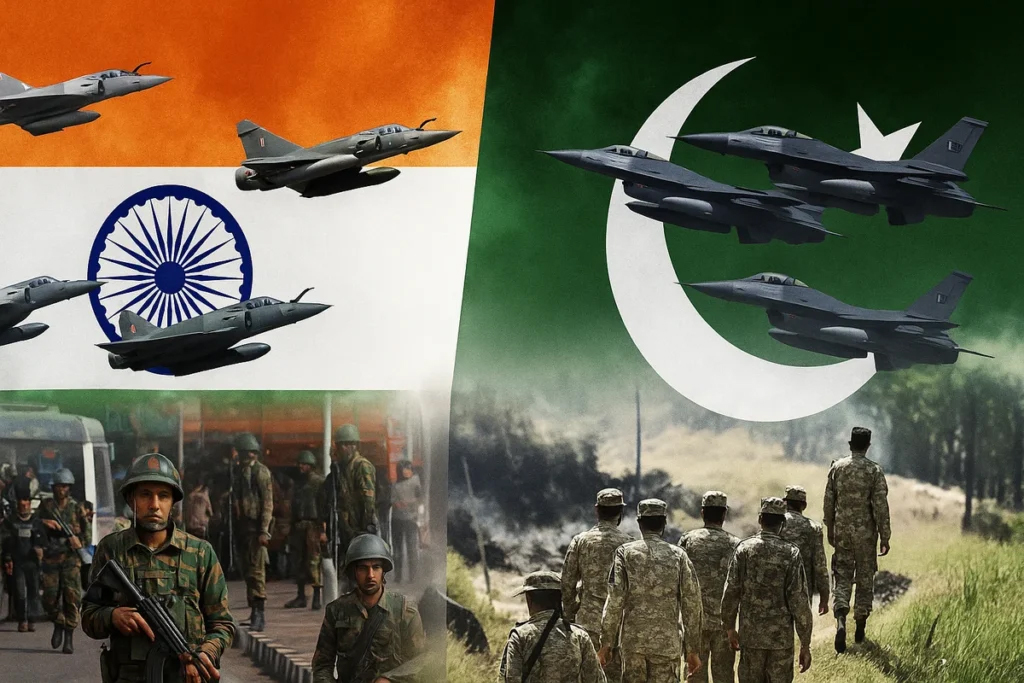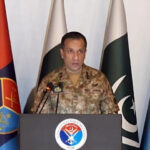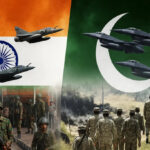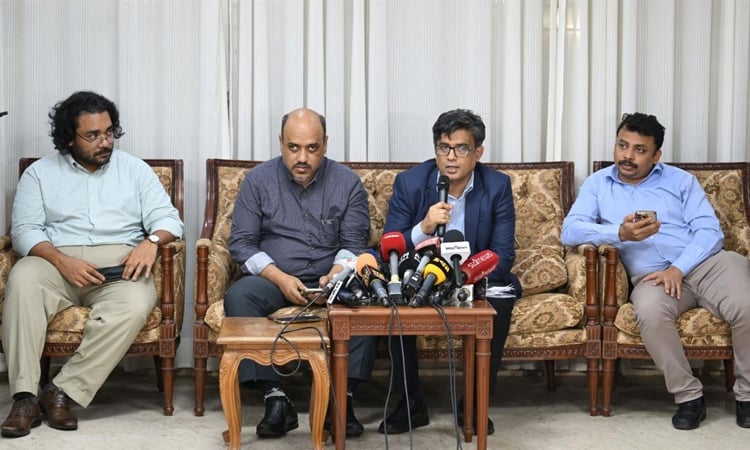
Online Desk: This article concludes this series covering the four-day Indo-Pak war in May 2025. The war crossed previous thresholds in geographic reach; systems employed and produced unprecedented levels of mis/dis-information, that to this day cloud a clearer understanding especially from the Indian side. It ended after significant diplomatic engagement, primarily by the US.
The war saw many military firsts like: India using cruise missiles (BrahMos, SCALP-EG); Pakistan employing conventionally armed short-range ballistic missiles (Fatah Series); armed drone warfare between any nuclear armed neighbours; and the conflict being the largest aerial, EW, AI, psy-warfare duel.
Whereas India delivered precise standoff attacks across Pakistan, our AD interfered and intercepted some attempted strikes. Yet, Pakistan needs more robust AD, asset hardening and intelligence.
No fighter jets reportedly crossed over into the other side’s airspace, signifying the seriousness of AD threat. This implies Pakistan to continue to augment the BVR (beyond visual range) capability of PAF. IAF loss of up to six planes remains the largest military cost for India’s arrogant belligerence. Indian propaganda claims of intercepting Pakistani drones and missiles need further investigation. Although attention was riveted primarily to the air and drone campaigns, the ground fighting along the LoC in Kashmir was deadly, causing most of the casualties.
This crisis involved innovative use of several weapons systems, neither side used during their last crisis in 2019. It would necessitate relevant defence acquisitions and doctrinal innovations by Pakistan, especially in drone and anti-drone technology, missile regime and precision, and asset hardening. Next crisis, under the prevalent Indian military thinking, might see greater and escalatory usage of cruise and ballistic missiles, armed drones, air force, long-range fires, and sabotage, imposing preparedness and readiness on Pakistan.
Operationally, Pakistan fused air, missile, cyber, space and EW effects under a unified command. Next generation Chinese sensors, data links, and electronic-attack pods equipped PAF pilots, already more proficient in night and terrain-masking profiles, with the network advantage to undermine Rafaeles. Integrated EW suites blinded Indian command circuits, long enough for standoff munitions to hit with impunity.
In strategic and diplomatic arena, Pakistan’s measured, calm and calibrated responses as against Indian jingoism changed the strategic equilibrium and might force India to re-evaluate future escalations. The conflict attracted worldwide attention, and most nations urged restraint and communications, gravitating to Pakistan’s position of commitment to peace, stability and national defence. Pakistan’s military professionalism, readiness, leadership and deterrence, throughout the crisis, highlighted India’s dangerous political irresponsibility. The launch of Operation Sindoor itself was a blatant act of pre-emptive aggression, motivated more by internal politics and raw bravado.
India upended the regional strategic status quo, violated international law, and LoC protocols by starting the conflict; Pakistan only retaliated to respond to Indian provocations, demonstrating strategic prudence. The conflict was a strategic setback for India, which found itself equated with Pakistan, a smaller, weaker country. The war unified Pakistan’s fractured political forces, and its military regained its characteristic popularity. Pakistan’s political leadership now seems more willing to strengthen the military.
Media handling and information dissemination by the ISPR was mature and organised, compared to India, where military officials and media mostly promoted fictional, false and hyper-nationalist jingoistic themes. Indian briefings created controversy about Indian spokesperson, Col Sofiya Qureshi’s religion. Indian media lost credibility over news like India taking control of Karachi Port, etc. In sum, Pakistan emerged taller from the crisis.





